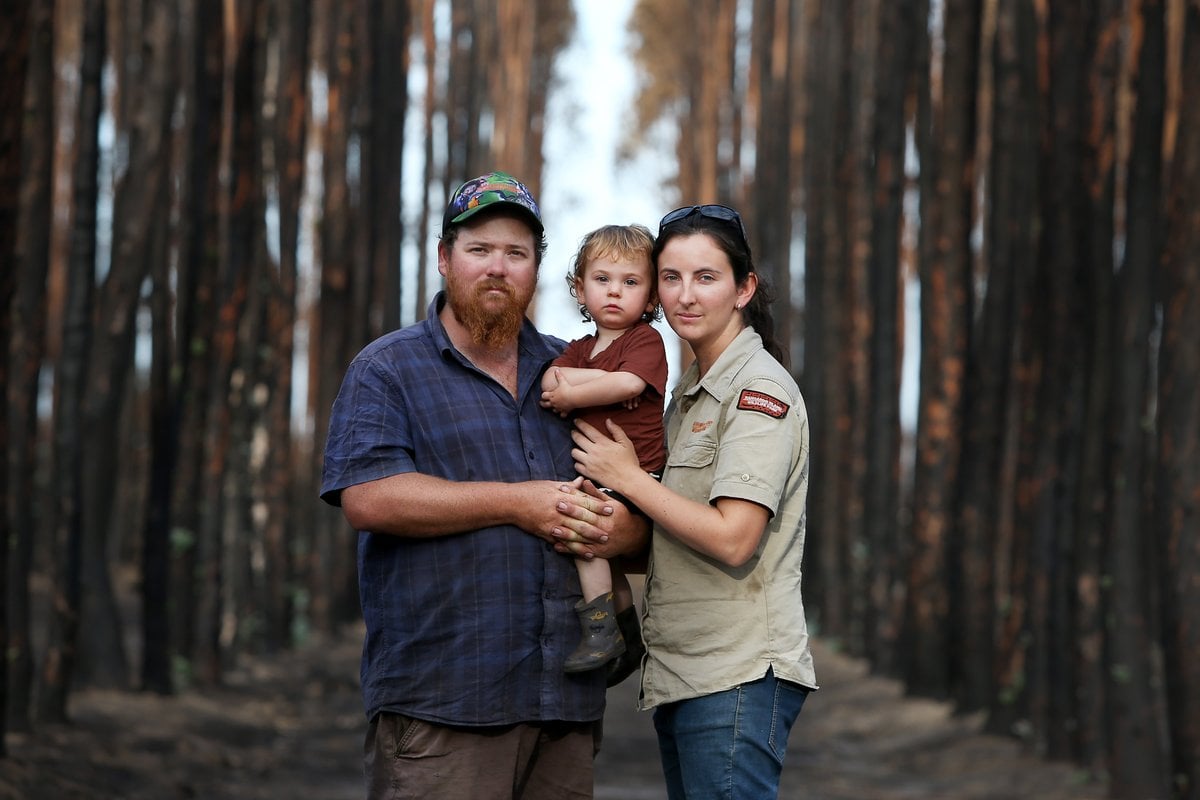
Kangaroo Island is in bloom. The grass is vibrant green, the bottle brush and native yellow daisies are flourishing. Lambs huddle under their mothers, and water pools by the road in soaking rains.
It's postcard picturesque. A view fit for a tourism ad sits around almost every turn.
But this is a place in recovery from back-to-back crises. It embraced the help of the world just 10 months ago, and now, it's throwing open its arms once again.
"The outpouring of support just blew us away."
Silhouetted against all the spring colour are the charcoal skeletons of trees left behind by bushfires that choked the island last summer.
Close to half of KI’s 440,500 hectares were scorched between late December and mid-January as fires tore inland from the western coast. Two people were killed, at least 90 homes lost and most of the once-pristine Flinders Chase National Park blackened.

